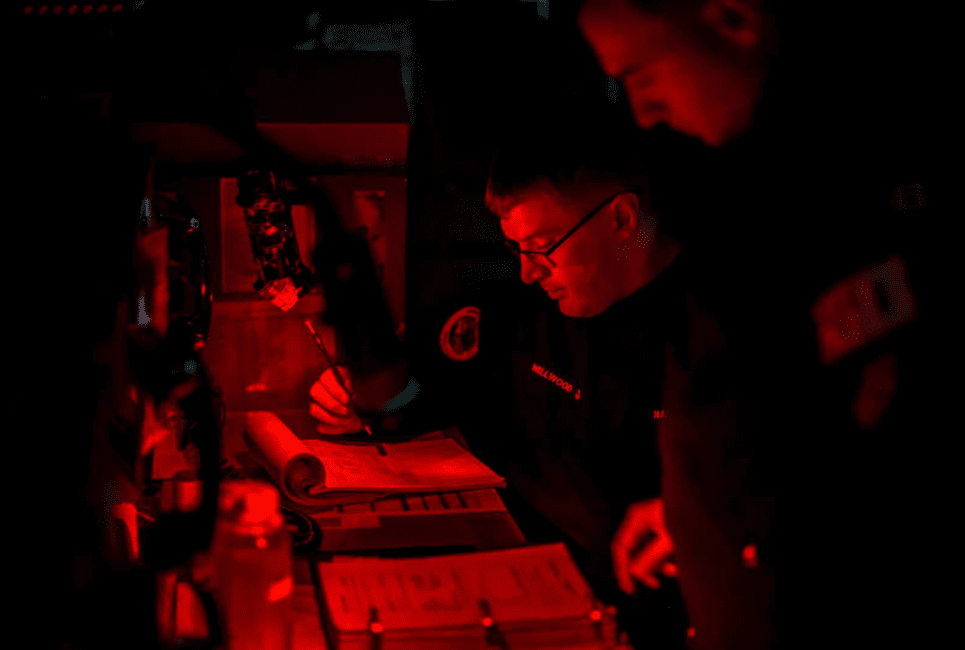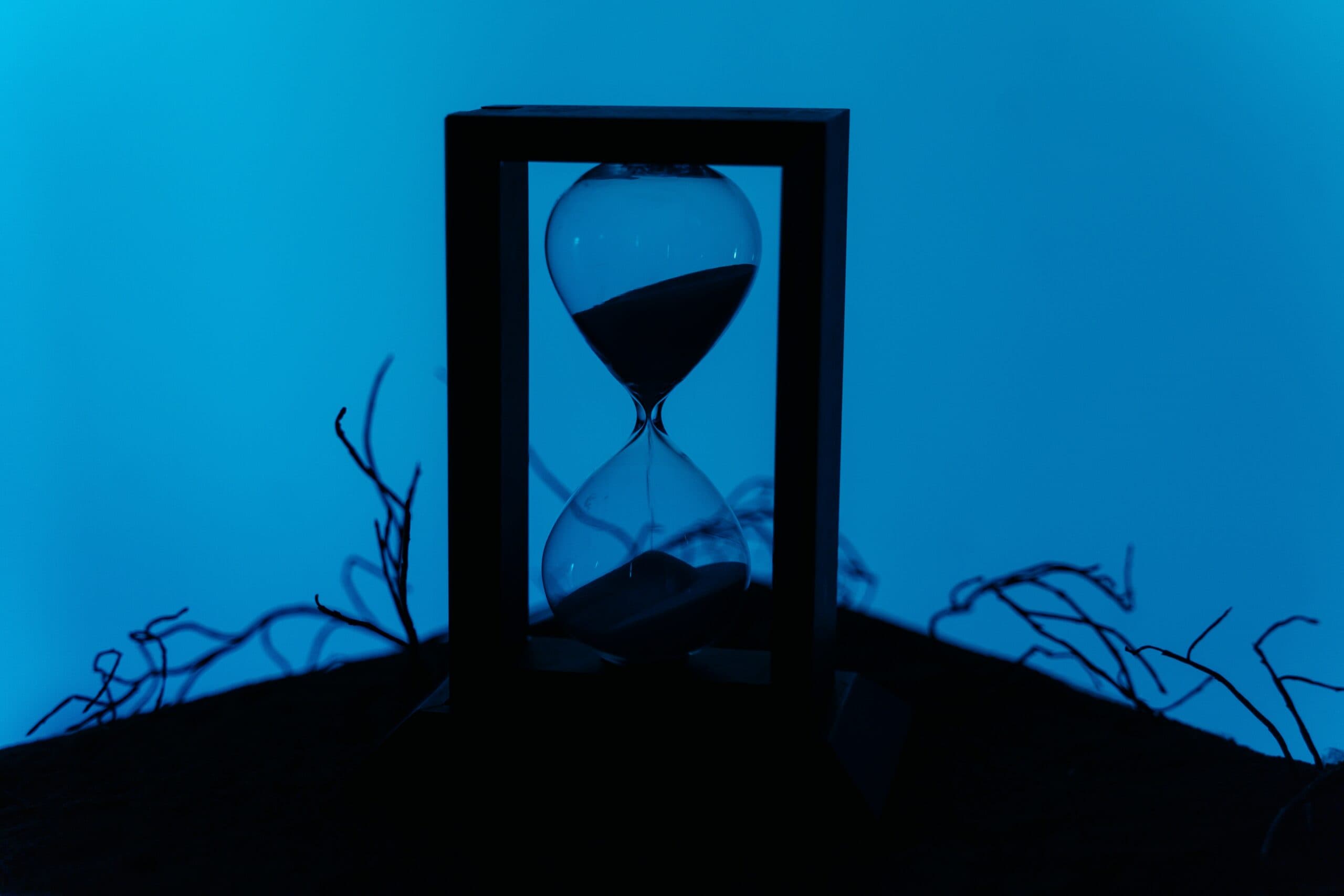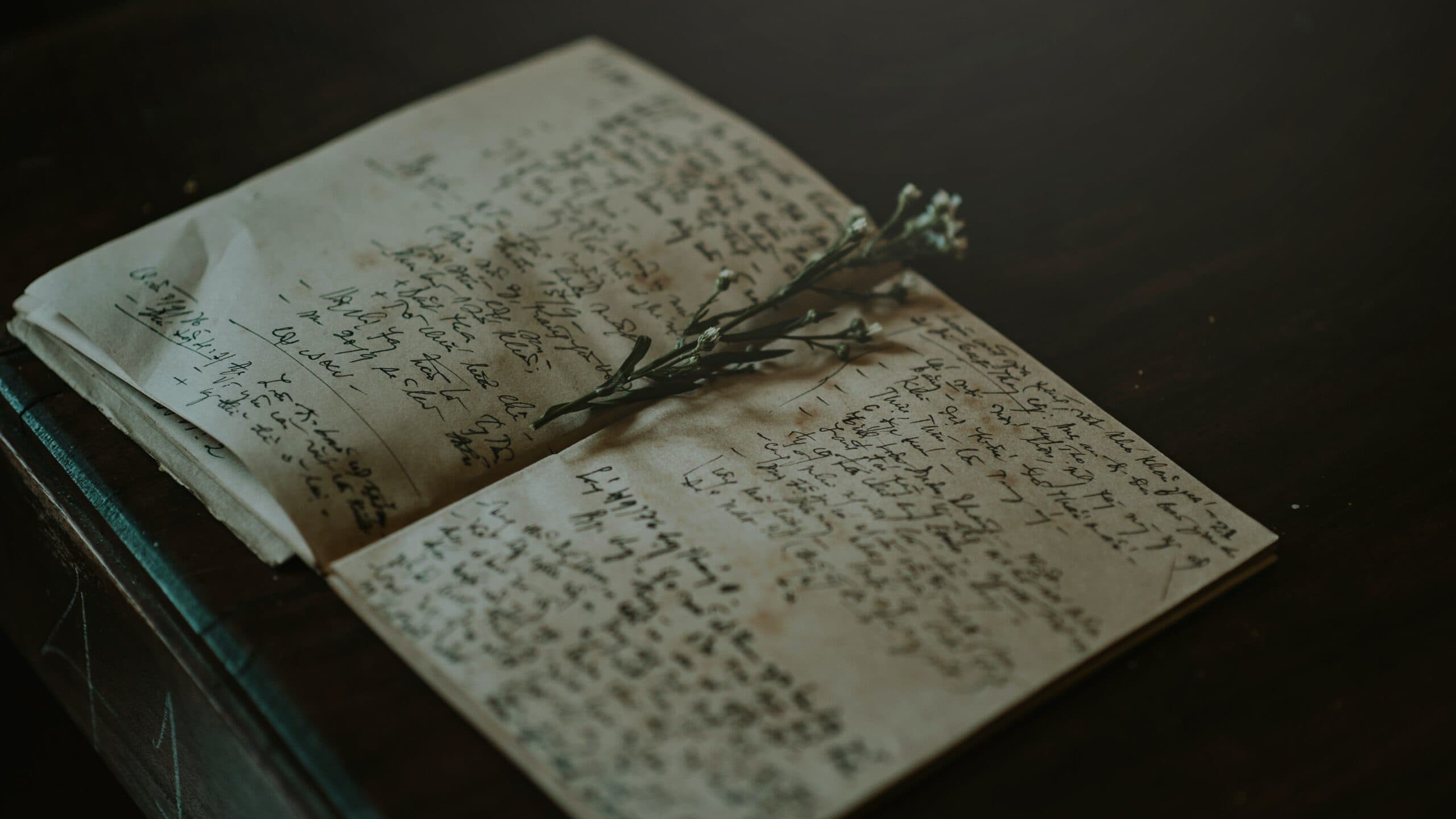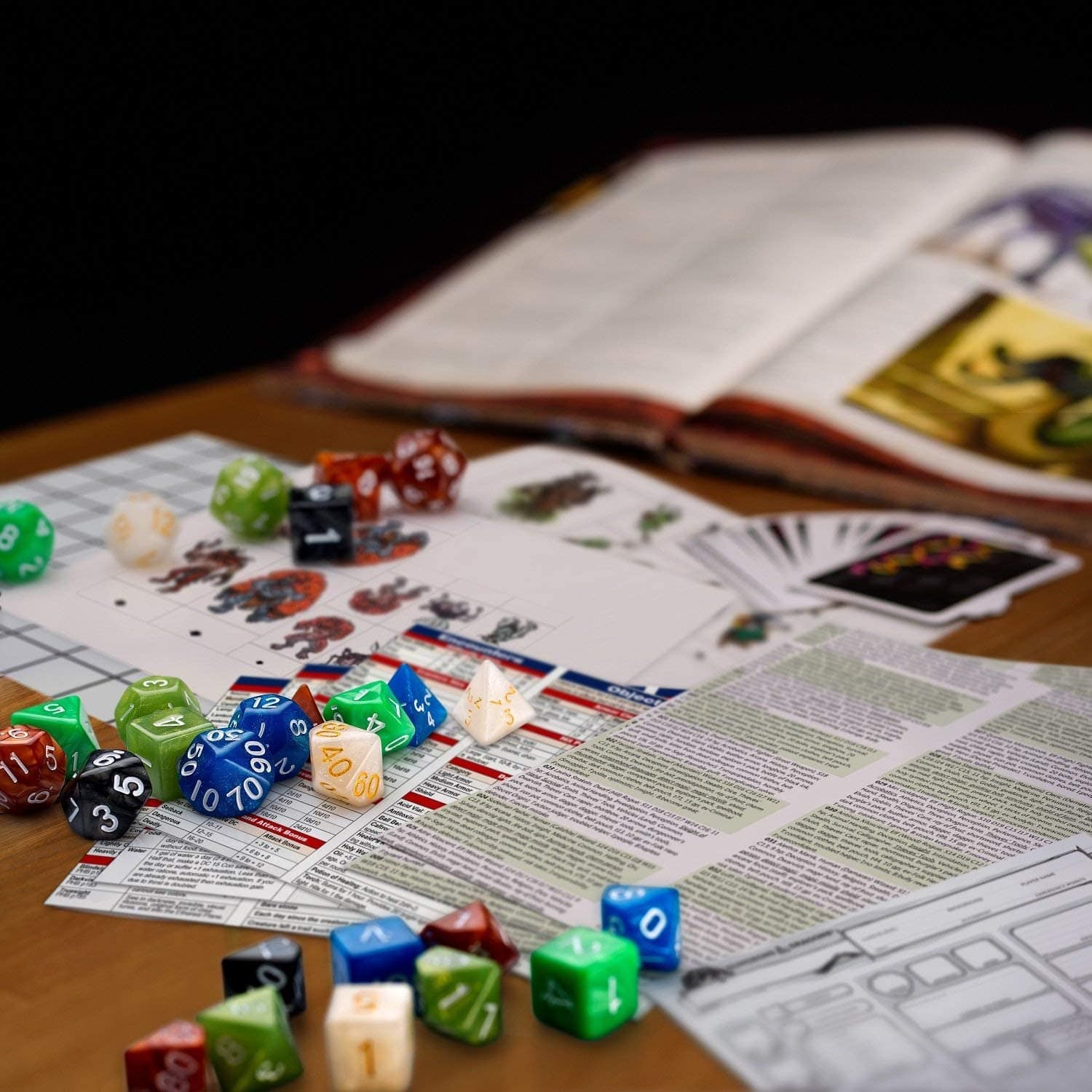Dungeons and Dragons or D&D (DND) has been around since the early 90s. Since then, the D&D and, by extension, the tabletop role-playing game (TTRPG) community has only grown in popularity, numbers, and relevance. Several D&D tables, game groups, and D&D campaigns have been created as the foreground for countless imaginative adventures.
However, not everyone can commit to a static schedule and often would be intimidated and scared away by the commitment, learning curve, and mass information dump required to even begin a person’s D&D journey as a player; even after bracing those challenges, the ultimate test for any table is being able to sync up a schedule only to have last-minute changes end up with delays or even cancellations, it’s no secret that the whole “D&D experience” has a relatively high barrier of entry.
As a way to make D&D, in general, more accessible, the concept of one-shots came to life. Much like how one-shots are in the world of Manga (Japanese Comics) and single issues are in western comics. In comparison to an entire campaign, one-shots are a miniature story that can, in concept, be narrated, played, and finished within one committed sitting.
The one-shot is ideally concise, self-contained, and a clear-cut narrative experience from start to finish. Another way to view a one-shot would be the way people viewed flash fiction, they’re brief yet engaging stories that are often consumed in one sitting.
The most notable version of a one-shot is the Adventurer’s League (AL) modules or expeditions that serve as an accompanying piece that either lead up or serve as a supplementary or adjacent storytelling device that helps better flesh out each season and hardcover Wizards of the Coast (WoTC) releases.
However, true to the nature of one-shots, these modules are, for the most part, self-contained “episodes” that the hardcover can do with or without and usually run for three to four or five to eight hours, depending on the length and extensiveness of the module.

Other relevant examples of one-shots can be found in the form of the Critical Role streams. One-shots relevant but not directly tied to their primary campaign, such as “The Search For Grog” and “Dalen’s Closet.”
And even off-shoot stories like “Tiny Tina’s Wonderlands One-Shot” and Liam O’Brien’s “The Song of the Lorelei.” Expertly portrays the flexibility, scope, and adaptability a one-shot can bring to the TTRPG experience.
My Experience with One-Shots
I have been privileged enough to be a part of the D&D and TTRPG community for over seven years. Throughout this time, I have been an avid consumer, player, and Dungeon Master (DM) of all things D&D. One-shots have slowly and surely become relevant in the TTRPG setting, and thus I’m no stranger to them.
As a consumer and player, I’ve closely followed the AL modules from season one’s Tyranny of Dragons up till season seven’s Tomb of Annihilation. I’ve also watched and enjoyed several of Critical Role’s one-shot episodes and partaken in several experimental, homebrew one-shots.
On the other hand, as a DM, I’ve run my fair share of one-shots in the homebrew and AL Module format. My favorite module in AL is DDAL5-05, “A Dish Best Served Cold.”
The Way I Utilize One-Shots
There are multiple creative, interactive, and effective ways to utilize the flexible nature of a one-shot. As mentioned, I’ve used one-shots for campaign adjacent adventures, homebrew mechanic testing, and written and ran both introduction or newbie-friendly homebrew and AL style one-shots.
I’ve also used one-shots to tie up any loose ends my players may feel in a campaign, such as recovering stolen loot or completing a promise unfulfilled. Most of all, I utilize one-shots as a way to workshop ideas I want to introduce to a full campaign setting.
The General Structure of a One-Shot

There is no one way to construct a one-shot; the main selling point of the one-shots is the accessibility it gives DMs to play around with versatility. However, after my own experiences with homebrew and AL, the general structure of a one-shot could be as follows:
- Adventure Hook & Introduction
- Part 1: Receiving the quest or meeting the quest giver
- Part 2: Searching for the trail, clues, or destination
- Part 3: Reaching the destination or goal
- Part 4: The big clash or conflict
- Resolution
Rule of Thumbs I Follow
When approaching one-shots, the few rules of thumb I follow can be mimicked for a whole campaign. Nonetheless, I always make sure to:
1. Set a clear start and end for the session

This rule doesn’t necessarily take into account just the time frame of the session but also the scope of its content. It is paramount that the table understands the timeframe of their playtime. The DM must also familiarize the module or one-shot their running as much as possible to cut down on unnecessary pauses or awkward freezes that may hinder the overall experience of the table.
The familiarity will allow the DM to understand the state and flow of their one-shot as time runs its course. This is more important to a one-shot than any other format of TTRPG because the essential characteristic of the one-shot shines in its concise ability to tell a satisfying narrative in the given amount of time.
2. Plan ahead
At first glance, a seemingly obvious rule, having the diligence to hash out anything that can be done before the session proper saves a lot of time and hassle for the table. Having every player’s character sheet inspected, cleared, and set up entirely before the session ensures a smooth start to the experience for the table.
Any eager players can also, given the DM’s availability, ask questions and clarifications for their character, campaign setting, and context so that the entire table is on the same page thematically and mechanically.
More specifically, to the player, giving their undivided attention to the session should already be an unspoken rule. However, as a player, I also attempt to understand the situation and plan my moves to avoid any lulls on my end.
Ultimately a solid plan allows the DM full context of the table they are running for. An experienced and well-prepped DM should easily be able to adjust and adapt encounters and scenarios according to the type of table, adventure, and character/s they are narrating for.
3. Notes

Never underestimate how much note-taking can do for a table. As a DM having the proper cliff notes, details, keywords, names, and encounter summaries written down and readily available extensively improves my narrative skills and ability to handle the game flow properly.
While as a player, aiming to sus out the essential or hidden details behind the narrative and noting them down have saved my party and me several hours of “Who done it?”, “What now?” and “How do we solve this?” moments.
Some Pitfalls to Note
Although versatile and concise, I experienced some of these pitfalls when it came to my time with one-shots.
1. The fear of time constraint
I mentioned that one-shots typically run from three to four or five to eight-hour blocks. However, depending on familiarity and experience, these one-shots could quickly exceed the time limit. This factor often causes a certain level of anxiety or stress for the table, depending on the DM to finish the session no matter the cause.
This type of mentality can sometimes cause the DM or players to fumble a move or rush a decision only to pick up the tempo for finishing the narrative rather than enjoying and immersing themselves in it.
2. Who cares? It’s “Just a one-shot.”
Most DM’s would be fuming right now, and I am no exception; regardless of the type of content, organizing a session involves a lot of time, more so on the DM than the player. Although the DM’s lack of content or preparation could be the cause of this occurrence, it could at times also just be the absent-mindedness of a player.
One-shots may have lower stakes than an entire campaign due to their proof of concept. However, we should all remember that it is still a narrative and adventure that serve the overall purpose of a fun, interactive, and exciting game night or session. A proper attitude toward proper table manners would go a very long way.
3. The big “uhhh” moments
Contrary to the first pitfall, there are also times when players and DMs linger on their decisions or narration. Although D&D is a strategic game by design, and we’ve acknowledged that rushing things will result in the collapse of immersion and enjoyment for the table, sometimes the extended lingering silence can be a worse offender of such a collapse, it is to the tables culture and discretion on how they wish to handle these lulls, having the DM continue the narration after a specific time, a gentle reminder from a co-player or even an “Ok, we’ll circle back to you.” could easily keep the pace of the game going.
My Goto DnD One Shot Ideas

Context is key; before I jump into some of my favorite types and ideas for one-shots, I want to remind everyone that each table, DM, and player have a different context when it comes to D&D and TTRPGs in general, so if my context doesn’t apply to yours entirely, a simple adjustment should do the trick in fixing that. The idea’s I’ll be proposing will focus on core ideas so that their supporting themes, genres, and encounter details can be changed at the ease of the table.
1. The [Blank] ’s Hoard of Trials
A hoard of loot is often enough of a hook to any self-respecting munchkin or collector. However, this dungeon crawl be it a traditional or reverse dungeon crawl, can add a little bit of something to an otherwise classic and well-known one-shot concept.
As a stand-alone, this Hoard of Trials will hold a more intelligent, sentient creature who wishes to entertain and reward those who covet their hoard (i.e., Beholder or Ancient Green dragons). They would scatter their hoard across their lair and design each room to have a different encounter for a part of their hoard, failure over the encounter would either result in a party wipe or the loss of the loot, depending on DMs choice and understanding of the party.
Usually, it would be a three to five-room, three to five hours classic one-shot experience. My personal use of this one-shot was when the party, at the end of the campaign, wanted to raid the tomb of their fallen foe. It quickly became a reverse dungeon crawl as we began the one-shot, post-campaign at the end of the dungeon.
2. Escaping a God’s Dream
This one is a little more unique; I’ve always had a fascination for the themes surrounding lucid dreaming. Combining that with the concept of an Escape Room was the conceptualization of this specific one-shot.
There is some martial art manhua/manga that proposes the idea of Gods or greater beings having an entire world within their bodies. I took the idea and had my players trapped in the dream of a God. Within this dream was an entire ecosystem and the world thrived whenever the god was asleep. In their lucid slumber, the party found their way into this god’s world and must now find a way out.
As the DM, prepare more than one solution to this problem. I had three options. They could either solve the riddle left behind by another group that managed to escape or rid the god of the “nightmares” he was facing to wake them up.
Alternatively, if the entire party had wiped, they would’ve woken up anyway. Of course, if it were the last option, there would be penalties (i.e., the loss of loot or exp).
3. The Box
The Box or The Sandbox is an “Anything Goes” type of situation. I first thought of this when blankly staring at a blank roll20 map and realized it looked like one of those reality marbles people could be placed in.
I started using the Box as a campaign adjacent instance. Whenever a session would be canceled or cut short, instead of the letdown or disappointment that follows, I have the players roll percentile dice to see if “The Box” would spawn.
“The Box” in my world is the artifact of a faceless God, and countless trials, riddles, monsters, and treasures were hidden in the Box. It gave me a good excuse to experiment without risking the campaign while providing a decent lore reason for these cancellations or shot sessions. It was because they were eaten or taken by the Box.
It gave the players something to look forward to while incentivizing them out of their comfort zone whenever it happens. Of course, this method may not work for every table, as some would want to jump back into the primary campaign as soon as possible, but either way, it is a great, low-effort one-shot experience for them.
The Box doesn’t affect the campaign directly as anything that happens in the Box remains within it except for minor boons that they could roll for upon the completion of said Box.
4. Creator’s Tool

There are times when players have just as many goods, if not crazy, ideas as the DM. I found myself using the “Creator’s Tool” to test items, ideas, and concepts the players want to find within the campaign.
A crafting competition and a cooking battle were both night-long one-shots that I held discussing the feasibility of homebrew items, crafting systems, and a more elaborate cooking system that buffed players upon ingesting certain types of food the way food in MMOs works.
5. The Last Stand
Murder hobos rise up! And enjoy this particular one-shot that is simply a slaughter fest. Drawing from the concepts from Norse Mythology’s Valhalla, Borderlands 3’s Slaughter House, and Halo Reach’s last scenes, I made the last stand as a sort of farewell for characters who have died.
Their players, assuming their characters can no longer be revived, get a last hurrah with their characters fighting an endless wave of creatures one last time before finally falling and ending their journey with a bang.
The Last Stand is also an excellent way for me to test our experimental creature concepts or combat mechanics I’ve yet to fully integrate into the primary campaign.
FAQ
Question: How many people can play in a one-shot?
Answer: It depends on the DM, how seasoned they are, and how many they can/do they want to host for. Typically tables of four players and one DM are recommended; however, tables of six or eight, when handled correctly, give a lot more variety in the encounters that the table can experience.
Question: What is the difference between a one-shot and a mini-campaign or mini-series?
Answer: When a narrative has more to offer than a one-shot can handle, but not so much as it would require more than half a dozen or so sessions, a mini-series of the campaign would be hosted; the most popular mini-series I could point out would be the Dimension 20’s Side Quests, as well as Critical Role’s Exandria Unlimited. These examples have short-form stories that conclude within four to eight two to four-hour sessions.
Question: Can it still be considered a “one-shot” if it isn’t finished in one sitting?
Answer: This topic of contention varies from table to table; some insist that a one-shot that can’t be finished in the designated time is no longer considered a one-shot. In my personal opinion, it’s really in the intention, content, and context of the narrative. If the session was interrupted or cut short and required a second session to wrap things up, I would still consider it a one-shot.
If the narration or player choice took too long and required another session, that would still be a one-shot for me as well. When it is clear that the DM placed too many encounters or executed an open ending poorly, I would consider it not a “one-shot” anymore, especially if it spans more than the two sessions’ worth of game time.
Question: How do I approach making or organizing an encounter?
Answer: Encounter creation is a different topic in its entirety. Knowing what type of session or one-shot you are running determines your encounter types. Does your table enjoy role-playing more? Perhaps more world exploration and NPC interaction are called for. Does your party like fighting the most? Then maybe more creature or combat conflicts are called for. There are a great many facets that surround the conception of an encounter, and it is up to the DM to recognize what those details are for a one-shot or campaign to thrive.
Conclusion
The conscience, flexible and versatile nature of the one-shot allows a low-stress, high-excitement game session for any TTRPG enjoyers. A one-shot can bring much-needed fun to a party when prepared and planned for appropriately.
Understanding the pitfalls of the one-shot and keeping in mind the table’s gaming culture and niches are surefire methods of creating a well-received one-shot experience.
Remember, every table has its nuance, and understanding the niche that makes the table tick is the DM and player’s first step to a good time.
- Power Word Kill 5e Guide: Fulfill Your Dramatic Power Fantasies - August 21, 2022
- Dhampir 5e Guide - August 14, 2022
- DnD One Shot Ideas - July 23, 2022

